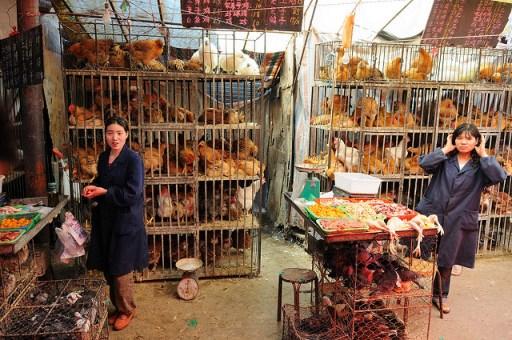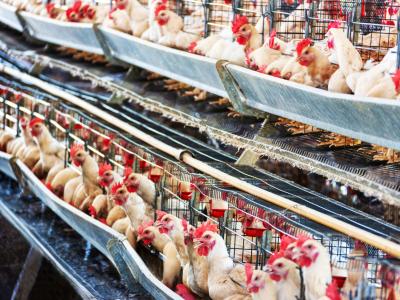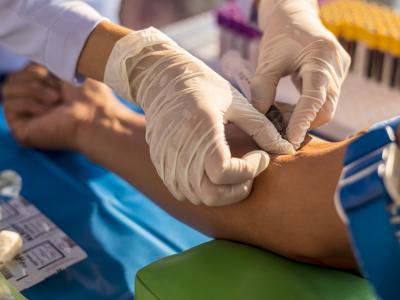China's surge of H7N9 avian influenza cases is growing, with 111 cases already reported in the first half of January, topping December's sudden and steep rise and prompting a global call from the World Health Organization's (WHO's) top official to keep a close watch on outbreaks in birds and to report human cases promptly.
In a speech today before the WHO executive board, Director-General Margaret Chan, MD, MPH, said the world is better prepared for the next influenza pandemic, "but not at all well enough." The WHO is on high alert because of the rapidly expanding scope of the outbreaks and the number of strains, such as highly pathogenic H5N8 and H5N6, that are co-circulating, she said.
Bracing for Lunar New Year
Now in its fifth wave of H7N9 activity, China is preparing for the Lunar New Year, which typically increases demand for poultry and ramps up travel for family celebrations. Last week Chinese researchers said the country had experienced an early sudden increase in cases, with 106 infections reported for the month of December.
Since then, it's been difficult to assess whether high numbers of cases are continuing in January. FluTrackers, an infectious disease news message board that keeps a running total, has flagged dozens of individual case reports from provincial health department statements, but the flow of information has been inconsistent. On Jan 20, FluTrackers temporarily suspended its count because of difficulties reconciling the total, owing to multiple reports from different official sources.
Yesterday, however, Hong Kong's Centre for Health Protection (CHP), citing mainland health authorities, said 111 cases were detected in the first half of January, a number that has already topped December's total noted by Chinese researchers last week in their analysis of activity so far in the fifth H7N9 wave. The CHP said, "The situation this winter has been progressing much faster than the situation last winter."
The CHP report didn't include full epidemiologic details, but it said neighboring Guangdong province has reported 11 of the cases, 2 of them fatal, in the first half of January. It added that the province's percentage of H7-positive environmental samples in the first week of January was substantial, at 9.42%.
In a separate report today, the CHP said it has learned of two H7N9 cases, one of them fatal, from Hunan province. Both patients are men, one age 57 who had been exposed to poultry and is in critical condition and one a 75-year-old who died from his illness.
According to official reports from China, the country has already recorded 225 cases in the fifth wave, a number that rivals the largest (second) wave of illness activity in the winter of 2013-2014, when the virus was confirmed in 304 people.
It's unclear how many H7N9 cases have been reported from China since the novel virus was first detected in humans in 2013, but Chan said in her address today put the number at more than 1,000 cases, adding that 38.5% were fatal.
See also:
Jan 23 Margaret Chan speech
Jan 22 CHP statement
Jan 19 CIDRAP News story "Chinese team posts analysis of early, sudden H7N9 spike"
Jan 23 CHP statement



















